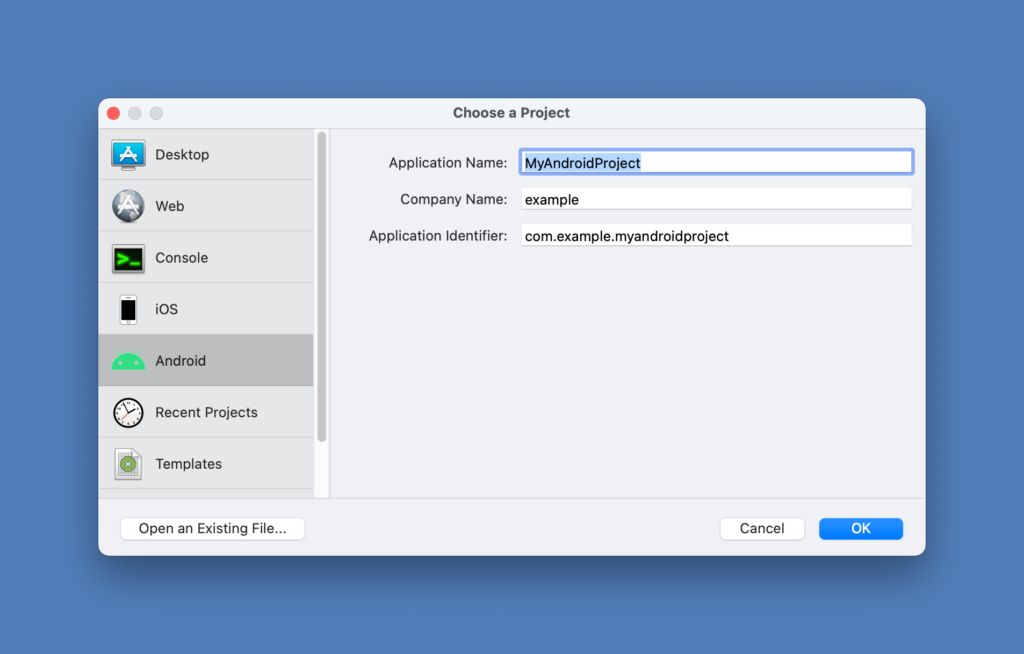Here’s a fun little project you can try to get a feel for some simple animation in your iOS and future Android apps.
Comments closedTag: Xojo API 2.0
Did you know that you can make temporary FolderItems that automatically delete when they go out of scope? This technique makes it fairly easy.
Comments closedWe’re hard at work on Xojo’s upcoming Android support — it is our top priority. As we’ve discussed previously, you can see in the current versions of Xojo that the latest iOS controls now start with “Mobile” in their name. Although Android and iOS will start off as different project types, implementing the “Mobile” prefix is an important step to complete so you will see similar controls when Android support is available.
Comments closedA Worker provides a way for you to have code that runs on multiple CPU cores. A Worker achieves this by running its code in a Console app. One or more of these console apps are started based on your Worker settings. Since these run as Console apps, the OS treats them as separate processes and spreads them out amongst available CPU cores.
Comments closedXojo 2020 Release 2 includes API 2.0 for iOS which has many, many changes and new features. Features include MobileMoviePlayer, MobileMapViewer, iOS Notifications …
Comments closedWe realized we misnamed a few APIs in the existing frameworks. Rather than live with those forever, we decided it made sense to change them now. Being consistent across the API surface is extremely important for both learning and productivity.
Comments closedXojo has built in database classes for accessing SQLite, Postgres, MySQL, Microsoft SQL Server, Oracle & ODBC. API 2.0 sets the bind types for you and that means you can switch engines by just changing the Super of your database class and updating the connection settings.
Comments closedRecently I needed to update an old Web project that used a Microsoft SQL Server Database as its data source. This application is running as a service on a Windows machine and is for internal use only. I decided when updating the project, I would also update to API 2.0 database commands using Xojo 2019 R3.2 and I would like to share some of those code changes with you.
Comments closedWith the release of Xojo 2020r1 comes the new 2.0 version of our web framework. While the way in which you build web applications hasn’t fundamentally changed, this new version is a from-the-ground-up rewrite and utilizes API 2.0 for greatly improved consistency. This means that the conversion process is going to be time-consuming, but will be well worth the effort as web applications built upon Web Framework 2.0 will be more robust, handle more users, be more responsive and have a far more modern look and feel.
Comments closedAPI 2.0 added Var as an alias for Dim. Var is more recognized by coders from other languages and that’s great. Easily readable code is the goal, so I use both.
Comments closed

